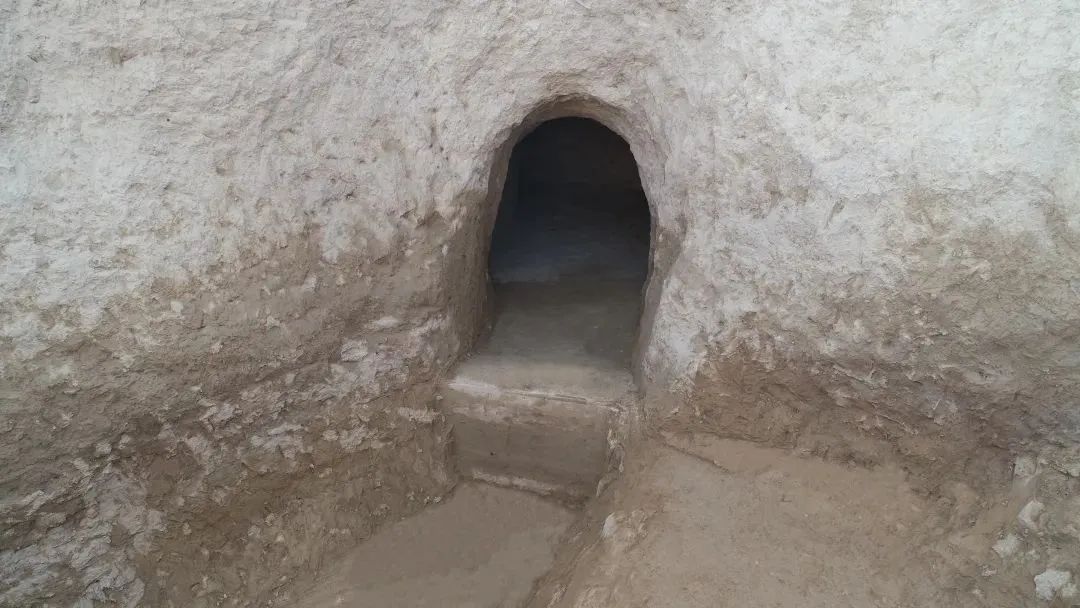
Archaeologists working at Houchengzui Stone City in Inner Mongolia, an autonomous region of northern China, have made a new discovery. They’ve found a system of old tunnels that’s about 4,300 to 4,500 years old.
This massive dig site, which is around 1.38 million square meters big, sits on the north side of the Hun River in Qingshuihe County, Inner Mongolia. Researchers have done careful studies to confirm the city’s history and importance.
It turns out that it’s the biggest, most important, and most heavily protected early Longshan period stone city found in Inner Mongolia so far, according to Archaeology Mag.
Complex triple defense system and tunnels network
The Institute of Archaeology, Chinese Academy of Social Sciences (CASS), leading the recent digging work, has unveiled a complex triple defense system and a detailed network of tunnels underground.
This finding was shared by the Institute of Archaeology, working together with the Inner Mongolia Autonomous Region Institute of Cultural Relics and Archaeology and the China Archaeology Network.
The Houchengzui Stone City is formed like an ellipse and includes an inner city, an outer city, and a walled gatehouse. It spans about 1200 meters in length and 1150 meters in width. Over the course of five years of archaeological digs, researchers uncovered the city’s triple defense system.
Archaeologists find network of ancient tunnels at Houchengzui!
Archaeologists excavating at Houchengzui in the Inner Mongolia Autonomous Region have uncovered a network of ancient tunnels.
Houchengzui, also known as Houchengzui Stone City, is an archaeological site located on… pic.twitter.com/eMF8NXRLw1— Orero Creations (@OreroCreations) December 29, 2023
This system involves the main city wall, the main city gate, horse faces, gatehouse walls, terraces, and moats.
The excavations have also revealed three city gates: the main city gate (CM1), the urn city gate (CM2), and the outer urn city gate (CM3). The main city gate is positioned in the center of the outer city wall and has a rectangular design. It features a doorway surrounded by earthen platforms on both sides, according to Heritage Daily.
Yet, the latest dig has revealed an extra layer of protection—an unseen underground network made up of six intersecting tunnels. These tunnels, positioned at depths ranging from 1.5 to 6 meters, spread out in a radial pattern from the center of the city.
Role of underground tunnels at Houchengzui
The underground tunnels at Houchengzui played a double role, functioning as both an ancient transportation network and a method for defense and attack.
These tunnels have arched ceilings similar to the architectural style of Longshan period cave dwellings. They stand at 1 to 2 meters in height and 1.5 meters in width. Moreover, the tool marks on the tunnel walls are clearly visible, as reported by Archaeology Mag.
Archaeologists think that the intricate layout of Houchengzui Stone City, featuring detailed defense systems and concealed tunnels, highlights its cultural significance in military defense and its strategic position. Ongoing digs are still revealing more information about the city’s history, such as tall structures, burial sites, and other architectural remnants.